Korai 4
Scars of this building's past life as a violent prison still cover its walls.
This government building has had a long, sinister history. It was used by Nazis, communists, and various governments. Today, the scars of its past are still etched onto the walls.
In 1894, the Ethnike Insurance company purchased the Rossels Mansion in central Athens to use as their main office. In 1936, the company modernized the building, adding central heating, plumbing, elevators as well as airtight bomb shelters that were constructed with German materials.
At the outbreak of the Greco-Italian War in 1940, parts of this building were requisitioned by the Greek government for wartime use. The Greek government used the building until April 1941, when the German Army invaded Athens. Once the Germans caught sight of this state-of-the-art building, they requisitioned it along with all the furniture and furnishings for use by the German Military Command as their headquarters. The Greek occupants were given one day to vacate the premises.
The German Kommandant saw that the bomb shelters were about 20 feet (six meters) below the surface and created conditions of total isolation from the outside world, therefore he ordered they be modified to facilitate interrogations, torture, and detentions. The subterranean levels had heavy concrete-filled, airtight iron doors at every access point and the few windows were sealed with double concrete iron fillings. The records are incomplete but it appears the facility “processed” over 1,000 Greeks (and some Italian and Germans) during its three years of operation. Most detainees were only kept a few days before being transported to a concentration camp, work camp, or execution site.
The shelter has six distinct chambers, each having a specific use. The walls were covered with writings and carvings that have been preserved and are visible to this day. They include names, dates. and messages, with the most common theme being the need for water. As evidenced by the writings, it appears one chamber was dedicated for younger detainees while another was used to house only female detainees. Many drawings and carvings also cover the walls and floors, with depictions of war acts, self-portraits, sexual acts, and more.
In October 1944, the Germans withdrew and the National Liberation Front, a coalition of left-wing parties led by the Communist Party of Greece took control of the building. In January 1945, the British requisitioned the building to temporarily house British troops and after their departure from Greece, the building was requisitioned again by the Greek government. The building was eventually returned to Ethnike insurance, which refurbished it in 1991 and dedicated a small portion of the main level and the entire subterranean levels as a museum dedicated to the detainees that were held there.
In addition to the writings and drawings on the walls and floors on display is the original Nazi flag that was raised over the building during the German occupation, personal items of detainees and official German military documents found during post-war maintenance.
Know Before You Go
The museum is open Tuesday thru Saturday from 9 to 2. Those with claustrophobia or monophobia should give serious consideration to the environment before entering.
Community Contributors
Added by
Edited by
Plan Your Trip
The Atlas Obscura Podcast is Back!













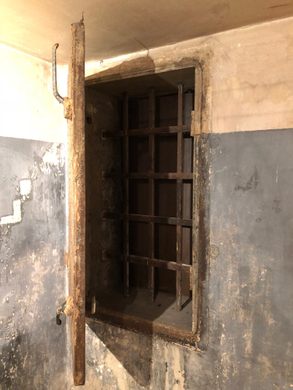




















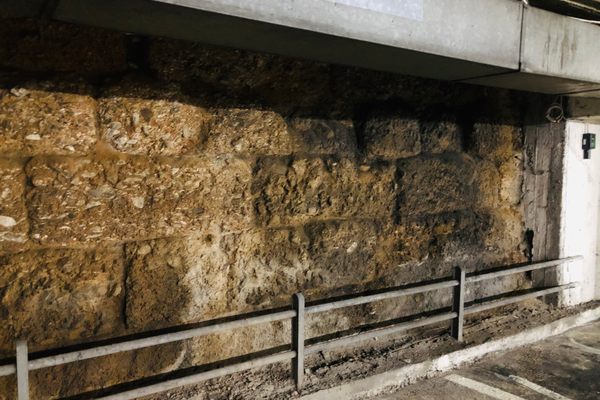
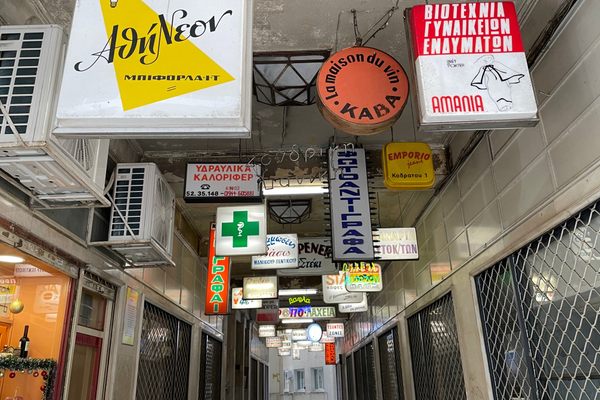

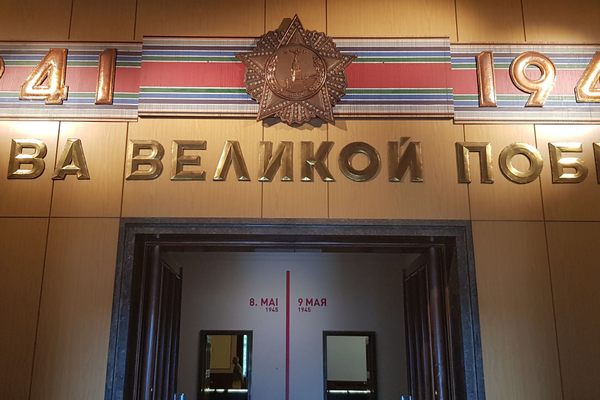
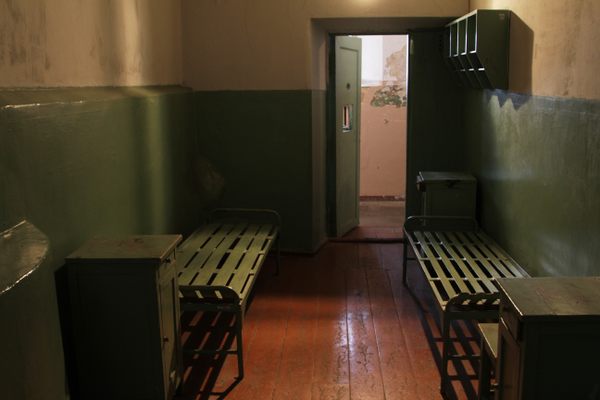
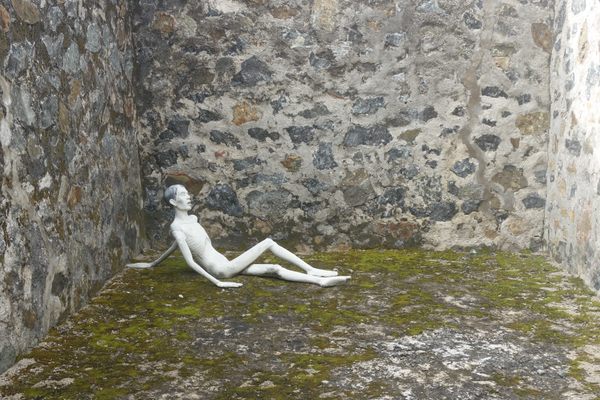


Follow us on Twitter to get the latest on the world's hidden wonders.
Like us on Facebook to get the latest on the world's hidden wonders.
Follow us on Twitter Like us on Facebook